Research + Learning
Truly sustainable business requires not only closing resource loops, but also creating a replicable and adaptable model.
At The Plant, we have explored sustainable strategies for the overall project as a whole as well as for sub-projects within the facility. Our approaches include a broad variety of strategies, from low-cost building redevelopment to smart metering systems to efficient business operations practices that can be applied to organizations of any kind.
Toolkit of Resources
Bubbly Dynamics is assembling our findings into a Toolkit of resources, with case studies describing the creative approaches to resource and energy efficiencies that we have explored in our work. Our intent is to share our learnings to encourage implementation of these approaches with projects that are seeking similar goals.
The Toolkit is a living resource and work in progress as we summarize our ongoing findings into comprehensive case studies. See below for available case studies and resources.
While additional resources are being developed, please contact us if you’re seeking more information about our research on material and energy efficiencies. And drop us a line if you implement any of these strategies and benefit from any of this information; our intent is to see like-minded innovators implementing these strategies, and we’d love to hear about your project!
Find out more about current initiatives at The Plant here.
The CO2 Capture and Reuse System would reimagine waste carbon dioxide from Whiner Beer as a resource and close a major waste loop within The Plant by converting it to a plant growth stimulant. At the same time, the system could provide financial benefits to the growers in The Plant in the form of increased yields and cost savings on CO2 canisters.
We envision the digester project as an opportunity to provide food-waste processing alternatives to businesses in the surrounding urban industrial area as well as elsewhere in the City, while also realizing the revenue possible by harnessing this valuable waste stream.
Bubbly Dynamics has repurposed a 9,000-gallon tank, which was formerly used by Peer Foods to hold brine for pickling pork products, as a cistern that collects rooftop runoff. This allows growers to use commercial drip tape and walking irrigation systems to increase crop yields and save on tap water bills.
The 5 Rs — refuse, reduce, reuse, repurpose, and recycle — address key principles for an effective waste stream plan. This resource provides recommendations for robust implementation strategies that harness value from "waste."
Using renewable energy is an important step to reduce your carbon footprint, though be sure to decrease demand as you go!
Graphic courtesy of MC Squared Energy Services.
View the recording of the panel discussion on microplastics that took place at The Plant in July 2022, with leading experts discussing the science behind the impacts of plastics on the environment and our bodies, while also providing useful insight into how we can take action.
Graphic of the pollution prevention hierarchy is courtesy of John Scott with the Illinois Sustainable Technology Center, and the slides from his presentation are here.
This 3,000-gallon wetland incorporates native plants and fish (hybrid bluegill and mosquitofish) in a constructed environment that mimics a natural symbiotic system. The refreshed water is used for agricultural purposes in The Plant, including the bio-remediation planters along the front windows of the lobby.
Developed and implemented in-house, our smart metering system can track both the total wattage used in the building in real time and where the power is being used, as each business has its own smart meter.
Cut through the greenwashing, and select sustainable options for your purchasing needs. Considerations include carbon footprint, social/community impacts, waste generated from shipping, and ultimately what companies you’re supporting with your hard-earned cash. Guidance is provided for selecting vendors whose corporate policies align with your values.










